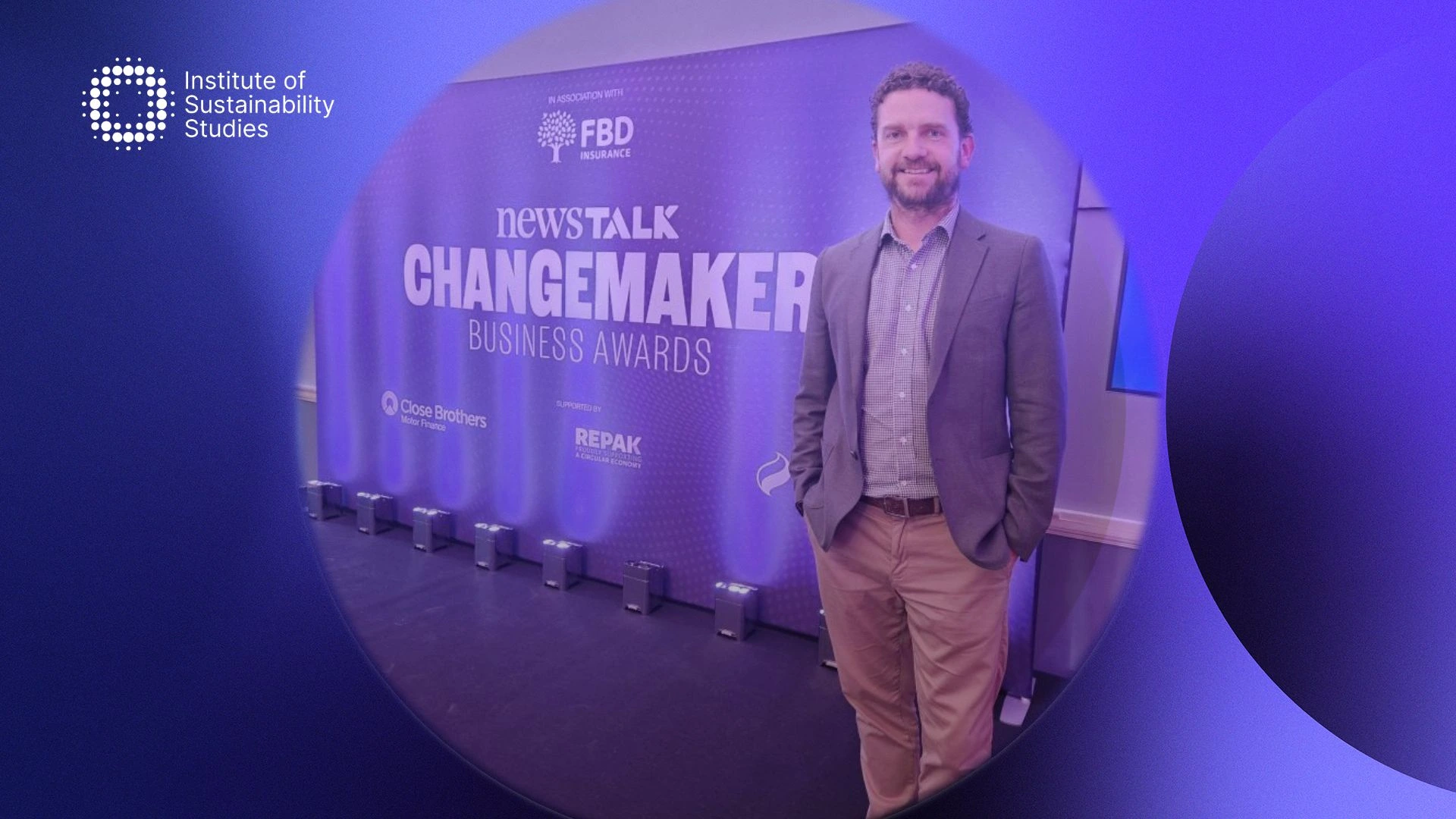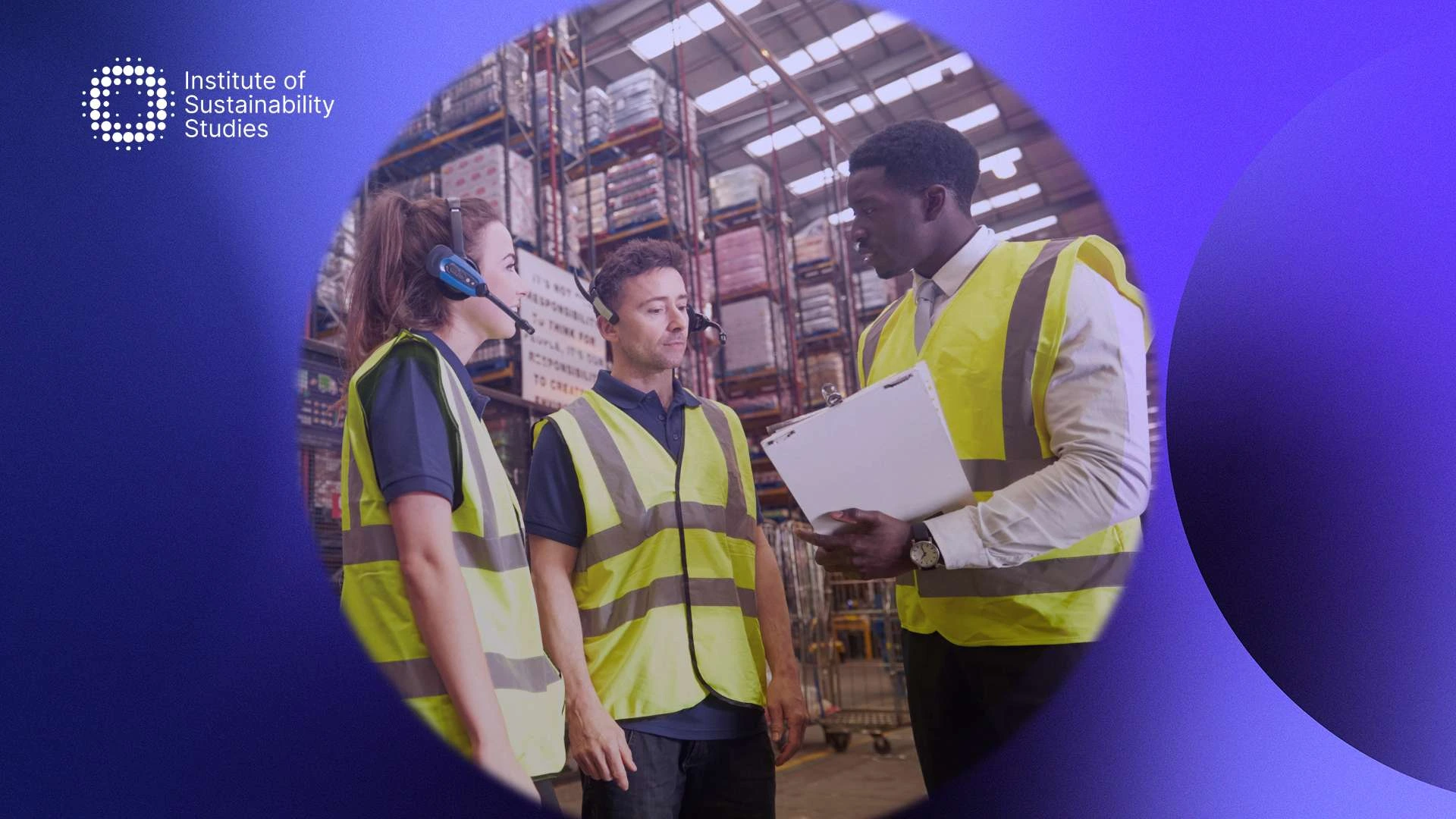Green mortgages continue to surge in popularity across the globe, but what is the green home mortgage Ireland market like? Approximately 10 percent of Ireland’s carbon emissions come from homes and business properties. We desperately need to find ways to curb energy use and reduce greenhouse gas emissions.
Business sustainability strategies like green mortgages can help us fight the climate crisis by creating a demand for more energy-saving, better-built homes. However, there are some challenges in encouraging the widespread adoption of these types of loans we need to tackle.
What are green mortgages?
A green mortgage is a mortgage that offers a lower interest rate to those who are purchasing energy-efficient homes. In terms of who is eligible for a green home mortgage, anyone can qualify. In other words, the person must be purchasing a home with a Building Energy Rating (BER) of at least B3 or higher. Generally, it does not matter if they are purchasing a new build or a pre-existing house.
If the property meets the minimum BER requirement, they can avail of the discounted interest rate on offer. They are available at most banks and financial institutions and are usually available to first-time buyers, movers, and those building their own homes.
In the majority of cases, if you make energy efficiency improvements to your house, which bring your property to a BER rating of B3 or higher, you can avail of the green rate. There are lots of grants available that allow individuals to make improvements on their homes so they can sell their homes to those who are green mortgage approved.
Benefits and challenges of green mortgages for homebuyers
Green mortgages do offer some benefits for homebuyers, but it is important to keep in mind that there is also quite a bit of greenwashing with this topic. They offer people a lower rate but they aren’t backed by carbon offsetting schemes or environmental initiatives as some lenders claim.
While green mortgages do incentivise people to purchase more energy-efficient homes, meaning they will use less energy and curb their carbon footprint, all homes built since 2019 must be A2 rated anyway. A green home mortgage does not do anything directly to help the environment, it mainly encourages people to green up pre-existing properties.
It is also important to recognise that for many first-time buyers, getting on the property ladder is very challenging. In other words, many will not be able to afford the higher prices that accompany newer, more energy-efficient homes. The BER rate increases the price of a home, and green mortgage loan amounts are higher since they are associated with higher-value properties.
Therefore, they are made more available to those in higher income groups and less available to those in lower income groups. This means there is already a gap present, and if we do not act, this gap could widen soon, making green home mortgages more of a premium borrowing option. A large number of people availing of green mortgages will be those purchasing pre-existing properties, but this requires sellers to retrofit their properties and bring them up to standard.
One of the most recognised barriers to consumers undertaking retrofit activities in their homes is the cost associated with the work. In addition, a related concern often associated with that is whether the work is truly considered in the purchase price when the seller decides to sell. New finance solutions must be developed to address this and enable the finance to attach to the home rather than the borrower.
Research from the Green Finance Institute uncovered a growing consumer appetite for what is considered ‘property-linked finance’. This is finance intended to directly address this ‘payback period barrier’. The arrival of a financial instrument such as this would enable homeowners to retrofit their homes and could help deliver real progress in terms of energy security, net zero, and household affordability.
The green mortgage market in Ireland
Green mortgages are a recent financial innovation and were only deemed a mainstream product in Ireland in 2019. Despite their recent introduction, they already account for a sizable portion of mortgage lending. Green home mortgages are rising in popularity and now account for a third of mortgage lending, according to the Central Bank.
Research for the Central Bank also found that first-time buyers switching their mortgage and borrowers in the Leinster region were the most likely cohorts to avail of green home mortgages. All major banks in Ireland offer green home mortgages in the midst of addressing business sustainability and driving climate action.
Despite the discount and interest rates, these kinds of mortgages account for a significant and growing share of mortgage lending. This shift with sustainability-related lending has accelerated particularly over the last number of years as the desire to make Ireland green grows.
Can green mortgages help us in our decarbonisation efforts?
Green home mortgages represent a growing share of the Irish market and are rising in popularity across the globe as people increasingly care about sustainability and engage in conscious consumerism.
Energy price shocks have heightened the importance of curbing the energy intensity of the national building stock, and green mortgages offer buyers an incentive to purchase energy-efficient properties and sellers to green up their properties. With all this in mind, these kinds of loans could prove significant in achieving the balance of the energy transition and energy resilience for a net zero future.










